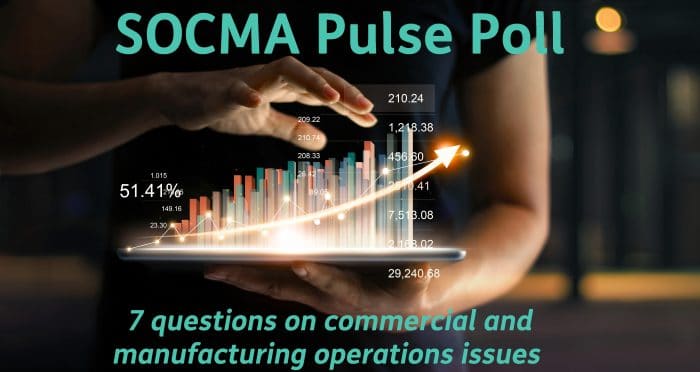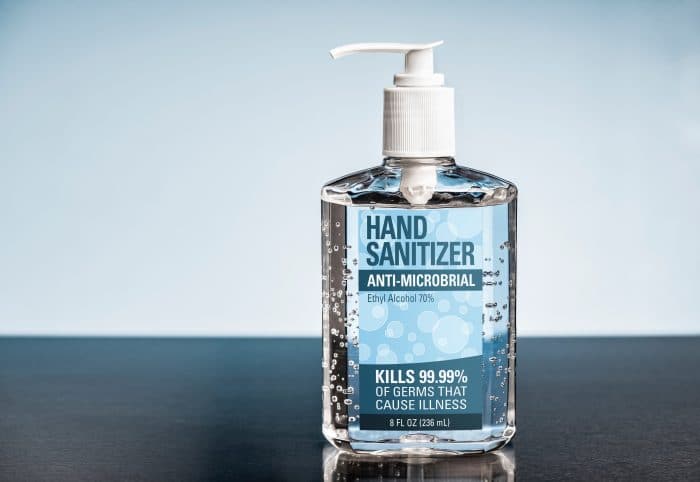Specialty Insights caught up with SOCMA’s Paul Hirsh, Senior Vice President, Industry Development and Strategic Partnerships, for his take on the latest industry intelligence impacting specialty chemicals. SOCMA’s ChemSectors program tracks industry intelligence that enhances member company business decision-making across performance materials, pharmaceuticals and agrochemicals. Below is an excerpt from that conversation.
SI: At the beginning of the pandemic, what challenges impacted manufacturers’ abilities to deliver products?

HIRSH: As the pandemic unfolded and lockdowns were implemented, everyone in the industry had a sense that this was going to impact their business, but in what respect was anyone’s guess. We all knew that supply chains were going to be hit the hardest, but how and where remained to be seen.
A year later, we are seeing a shift from delays in procuring key materials both domestically and globally, but the backup at U.S. ports of entry is a real problem for manufacturers. What once took four weeks to ship from a country of origin now takes 12 weeks. Access to timely and reliable materials is a huge driver for the industry, especially for its customers.
This was particularly acute in the pharma space with procuring key ingredients for APIs and on the consumer products side of the business with an unprecedented demand for hand sanitizer. It continues to be a political theme in the regulatory landscape as well, with government policies aimed at bringing manufacturing back to the U.S. – reshoring or on-shoring is now part of every manufacturers’ business calculus.

SI: You mention access to timely and reliable materials. Can you expand on that topic?
HIRSH: In 2020, SOCMA launched its inaugural Specialty Chemicals Industry Census. The survey canvased members on issues ranging from capital expansion (CapEx) and market segments to workforce – the survey started at the beginning of the pandemic and ended a month into it, so responses did have an overlay of an uncertain business climate. What struck me was that most respondents saw CapEx as part of their three-year plan, in spite of the uncertainty.
What I am hearing now is that CapEx is still part of their playbook, but it has a new focus – where business opportunity and growth was the driver, now it’s “if I can’t procure key materials, maybe I can bring that manufacturing in- house.” Expanding or reconfiguring capacity to bring manufacturing of key materials typically procured offshore in-house might have a cost premium. Suppliers are likely to respond to customer questions related to costs with – “what revenue are you missing by waiting for a cheaper ingredient?”
Access to timely and reliable materials is a huge driver for the industry, especially for its customers.
SI: From a specialty chemicals perspective where is business growth likely?
HIRSH: Speaking with member company executives, certain sectors stand out – intermediate chemistry supplying into sectors like surface solutions, or electronics associated with data storage, which is experiencing a surge, as well as demand for plastics used in electronics. Household and consumer products still expect outsized growth. And light vehicle manufacturing is coming back from its slump last year.
Not surprising is an exit of a few manufacturers in the disinfectants space. Speaking with several executives whose companies made the pivot to supply the hand sanitizer market – “utilizing capacity for this market helped our business over several months to offset the drop in orders from oil and gas customers.”
However, as one company executive pointed out, “we’re already seeing manufacturers exit the market for one reason or another.”
For more information on SOCMA’s ChemSectors, contact Paul Hirsh at phirsh@socma.org, or call (571) 348-5102.
Categorized in: Uncategorized